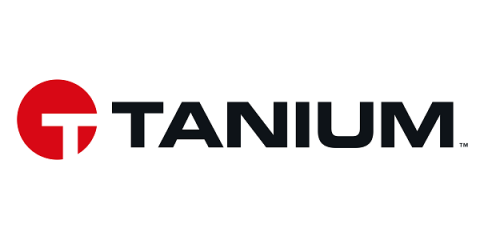How To Identify, Contain, and Remediate Zero-Day Risks and Get back to Your Day Job in 30 Minutes
WannaCry, Log4j, Follina, Spring4Shell — these incidents send shivers down the spines of anybody who works in IT or security. Zero-day vulnerabilities are unknown or unaddressed exploitable software or hardware security flaws that are typically unknown to the vendor and for which no patch or other fix is yet available.










